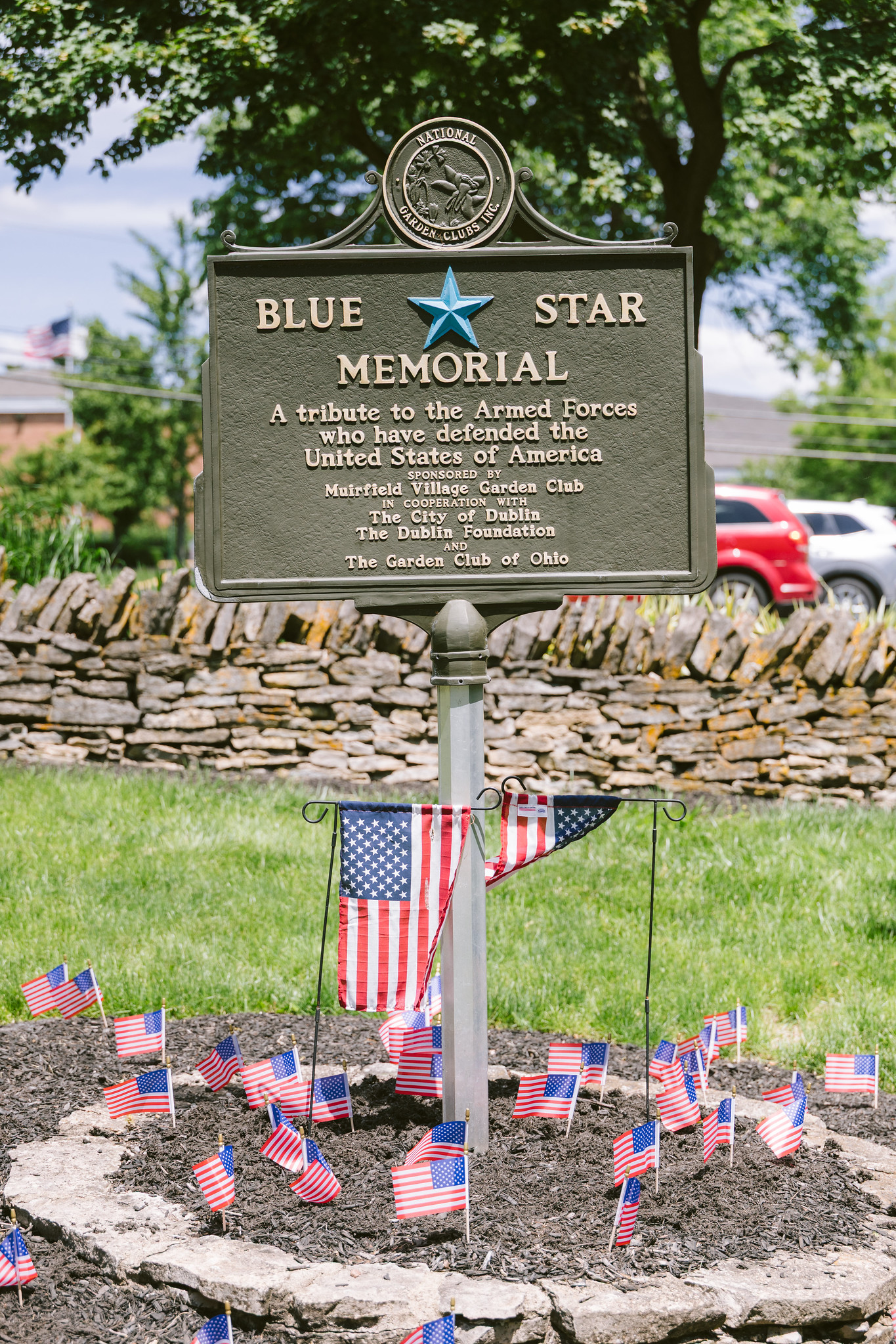REPRESENTING HOPE & PRIDE
Since WWI, families would display a Blue Star Banner in their home’s front window to let onlookers know that a member of the family serves in the Armed Forces. Also known as the Service Flag, the blue star stands for hope and pride. When service members lost their lives, the blue star was replaced with a gold star representing the sacrifice. A silver star stood for someone returning home after being wounded overseas. The flag was displayed in homes again in WWII. On Oct. 17, 1943, Congress authorized the Service Flag approving the Blue Star Banner as the official design.


